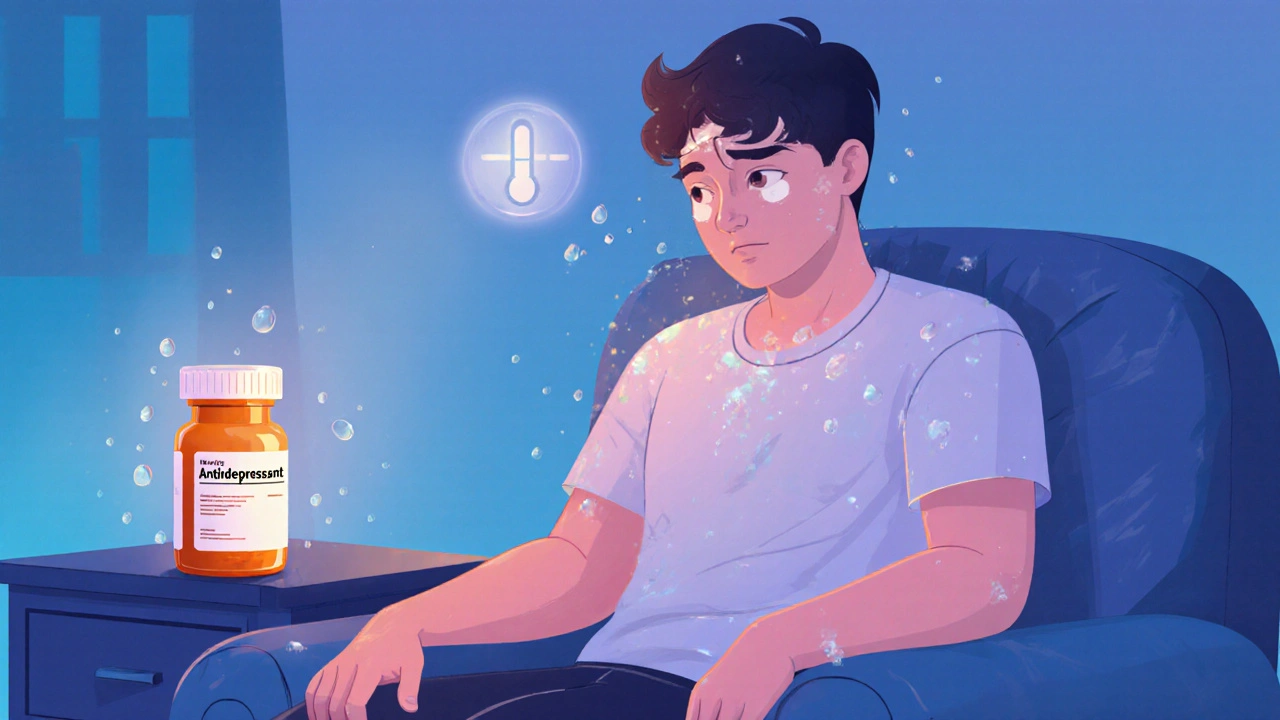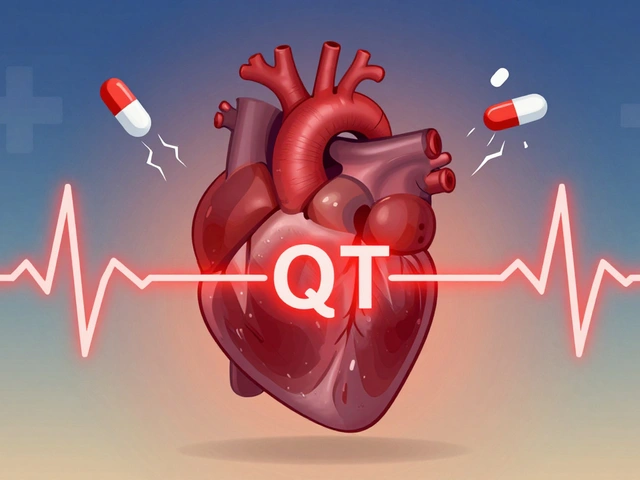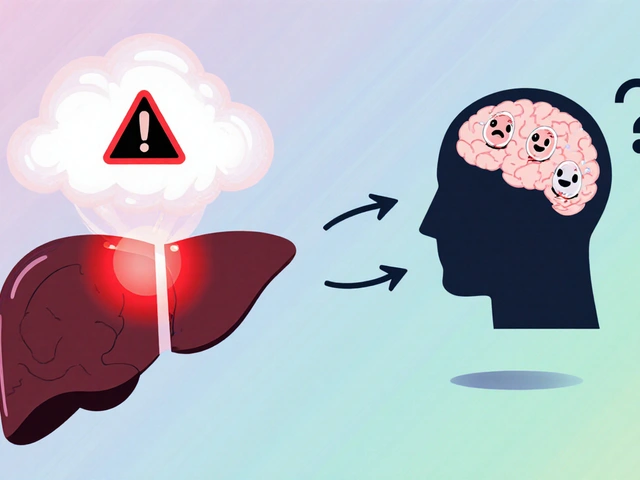The Pros and Cons of Using Tadalafil for ED Treatment
April 30 2023Antidepressant Induced Sweating: Causes, Management & Practical Tips
When dealing with antidepressant induced sweating, excessive sweating that appears after starting an antidepressant. Also known as drug‑related hyperhidrosis, it often catches patients and clinicians off guard. The phenomenon isn’t just a nuisance; it can interfere with everyday life, affect sleep, and even lead to skin infections if ignored. Understanding why it happens starts with the brain chemistry shift that most antidepressants provoke—especially the rise in serotonin levels that influence the body’s heat‑loss system. In many cases, the sweating shows up within the first few weeks of treatment and may linger as long as the medication is continued. Recognizing the pattern early helps you avoid unnecessary doctor visits and gives you a clear target for lifestyle tweaks.
Antidepressant induced sweating often overlaps with other medication side effects, so a systematic approach works best. First, identify the drug class. SSRIs, Selective Serotonin Reuptake Inhibitors like sertraline, fluoxetine and citalopram are the most common culprits, but tricyclics, SNRIs, and atypical agents can also trigger excess sweat. Once you know the class, consider a dosage review; lower doses sometimes cut the sweating without sacrificing mood improvement. If the drug is essential and the dose can’t be reduced, timing the dose earlier in the day often limits nighttime sweats. Simple clothing choices—breathable fabrics, moisture‑wicking layers—reduce discomfort, while staying hydrated replaces fluid loss. Physical strategies such as cool showers, fans, and targeted use of antiperspirants (especially clinical‑strength aluminum chloride) work hand‑in‑hand with medication adjustments. For stubborn cases, doctors may add a low‑dose anticholinergic or switch to a medication with a lower sweating profile.
Beyond the drug itself, the body’s internal thermostat plays a key role. Serotonin syndrome, a potentially serious condition caused by too much serotonin activity can amplify sweating dramatically, often alongside fever, tremor, and confusion. While full‑blown syndrome is rare, milder serotonin spikes can still disrupt thermoregulation, the process by which the body maintains a stable internal temperature. When serotonin pathways overdrive, sweat glands receive mixed signals, leading to overproduction of sweat even in cool environments. Monitoring for other signs—rapid heart rate, agitation, or muscle rigidity—helps differentiate simple side‑effect sweating from a more urgent serotonin excess. If you notice these additional symptoms, seek medical attention promptly. Otherwise, practical steps like keeping the bedroom cool, using a bedside fan, and avoiding hot meals or caffeine in the evening can tame the temperature swings. Together, medication review, lifestyle tweaks, and awareness of serotonin‑related risks give you a solid toolbox to keep sweating under control while staying on your antidepressant regimen.
 24 Oct
24 Oct
Cooling Strategies for Antidepressant‑Induced Excessive Sweating and Medication‑Related Hyperhidrosis
Excessive sweating from antidepressants can ruin daily life, but you can stay cool with smart wardrobe tricks, cooling vests, and medication tweaks. This guide explains why it happens, which drugs cause it, and step‑by‑step ways to manage the side effect.
Read More...




